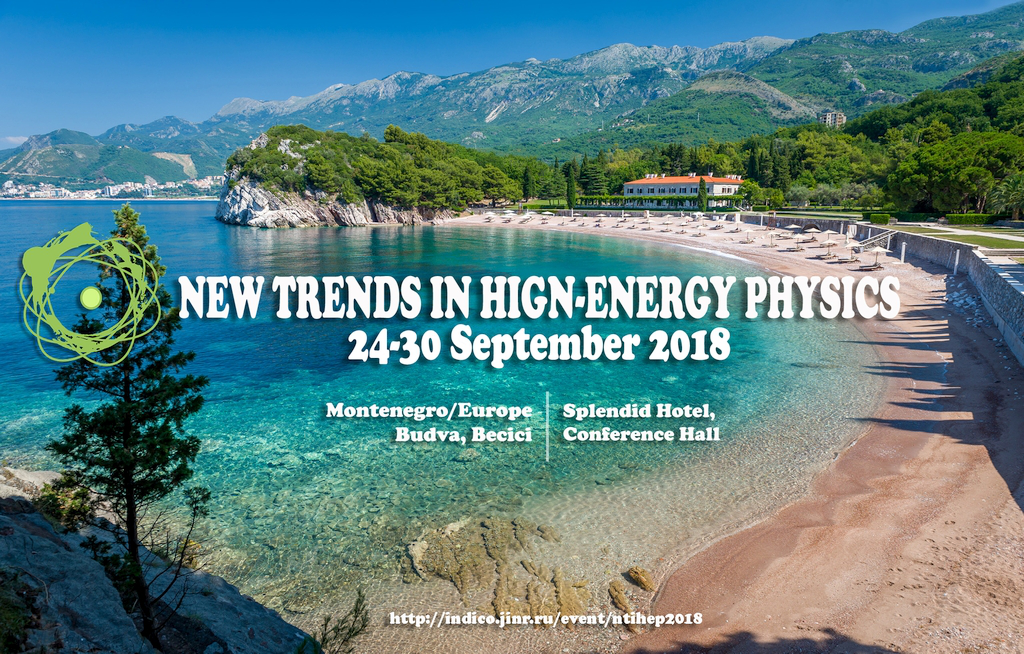Speaker
Dr
Erica Brondolin
(CERN)
Description
The Compact Linear Collider (CLIC) is a proposed high-luminosity linear electron-positron collider at the energy frontier. To optimize its physics potential, CLIC is foreseen to be built and operated in three stages, with a centre-of-mass energy ranging from a few hundred GeV up to 3 TeV. In the first stage, CLIC will focus on high precision measurements of the Higgs-boson and the top-quark properties, such as an unprecedented precise measurement of the Higgs total decay width and of the top-quark mass. During the subsequent energy stages, the aim of the physics program will revolve around measurements of rare Higgs-boson processes, as well as direct and indirect searches for new physics, and precision measurements of possible new particles. In order to fulfill this rich physics program and to face the challenges imposed by the CLIC beam structure conditions, innovative new technologies as well as an optimized detector design are required. This is pursued by the CLIC collaboration with an ambitious R&D program whose driving force are highly granular calorimeters, an ultra-low mass silicon tracking system and subdetectors with a precise hit-timing resolution. This program goes hand in hand with a full-detector simulation framework which allows to perform detailed optimization studies of critical parameters of the CLIC detector. An overview of the physics analysis results and the detector R&D and optimization will be given in this contribution, with an emphasis on the recent developments.
Author
Dr
Erica Brondolin
(CERN)

